The Schnoor - Bremen's most famous visitor magnet
- Written by Portal Editor
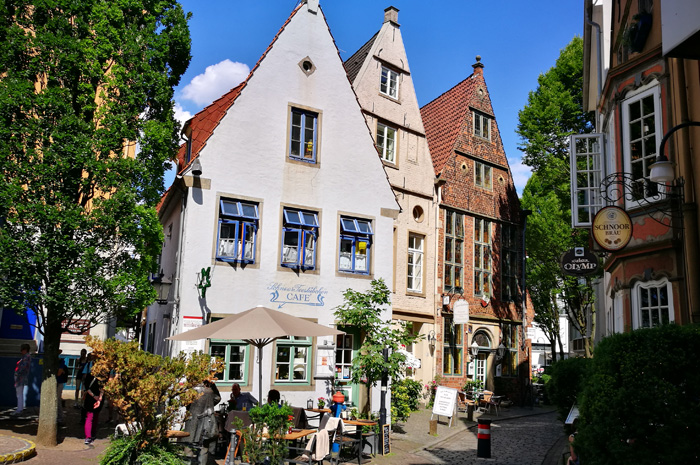
We want to use the once again wonderful weather for a further walk through Bremen, where today's destination will be the district of Schnoor, one of the most attractive parts of Bremen, at least with regard to international tourism.
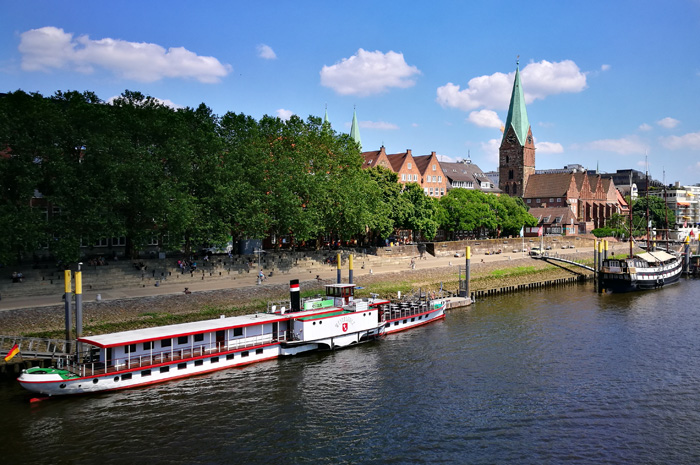
So it is not surprising that you are already listening to a wide variety of languages on your way passing one of the many bridges crossing Weser river.
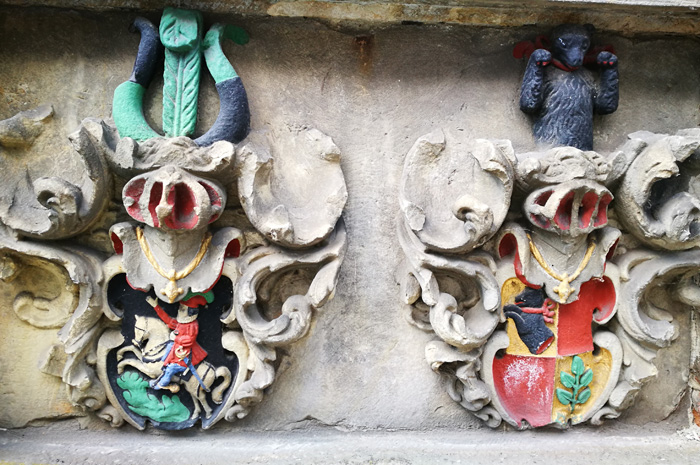
The Schnoor - also called Schnoorviertel (from the Low German Schnoor, Snoor = cord) - is a medieval quarter in the old town of Bremen and also the name of the street Schnoor in this district.
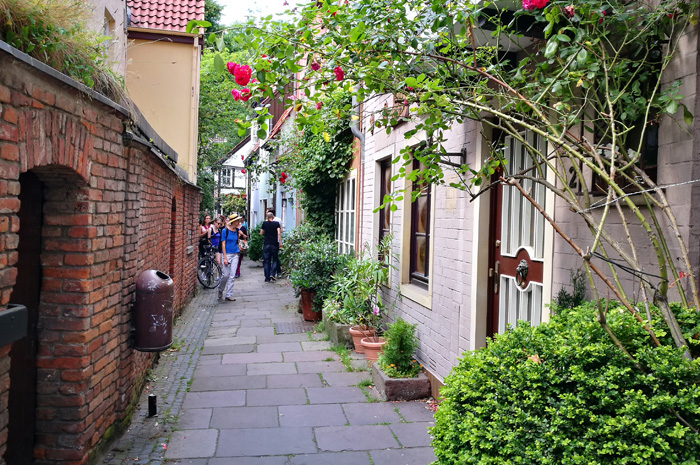
The district owes its name to the old ship's craft. The corridors between the houses were often related to professions: there was an area where ropes were made (Schnoor = cord), and an adjacent area in which wire and anchor chains were made (flat wire) ), from where the Langeviere road has taken its name.
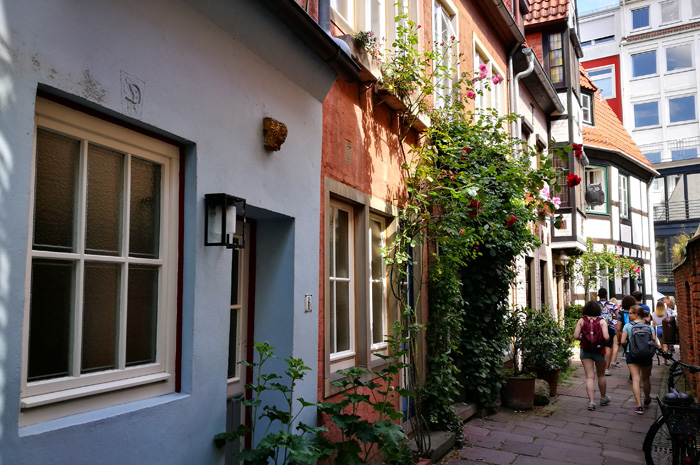
The first well-known written mentioning of the Schnoor dates back to the 13th century when, on the outskirts of today's Schnoorviertel, a Franciscan monastery was built, of which today only the monastery church is preserved.
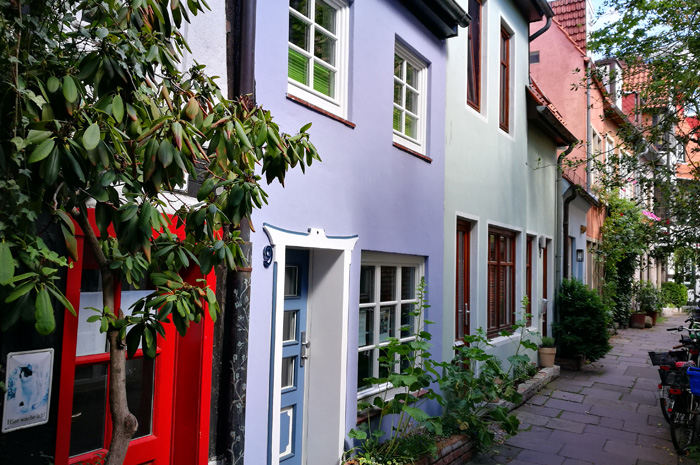
Numerous houses from the 17th and 18th century are still largely preserved in their original state of construction and give a romantic impression of life in former times.
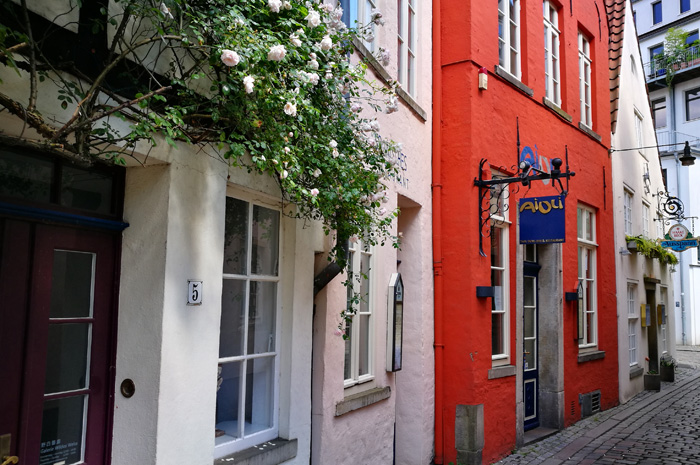
Many street names are related to previous uses. For instance, Stavendamm had the first public bathing room (Stave is lower German language for "living room"), which also offered opportunities for other forms of "amusement".
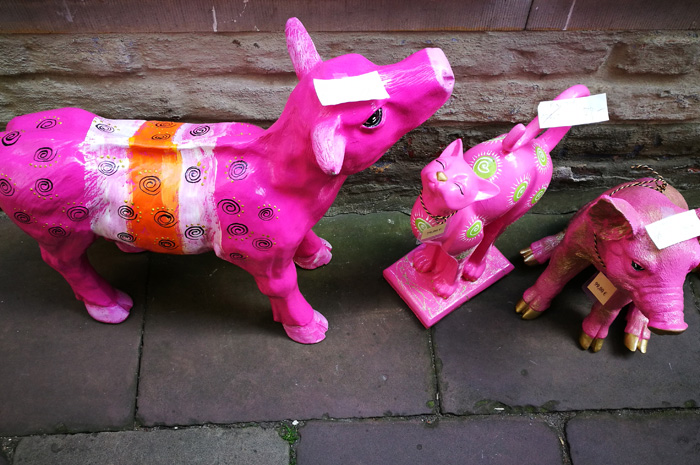
It is even reported that the Bishop of Bremen secretly visited the bathing-room through an underground passage from the cathedral to Stavendamm. The legend tells us that this underground passage had ended in the boatman's house.
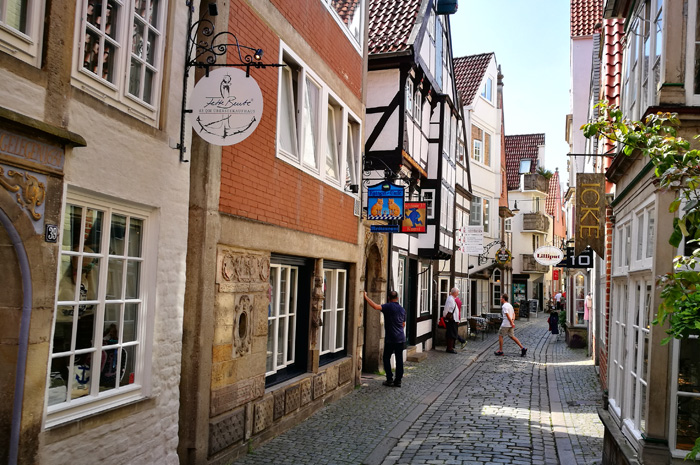
The oldest, still preserved secular houses are the house Schnoor 15 (Brasilhaus) from 1402 and the house Schnoor 2 from 1401.
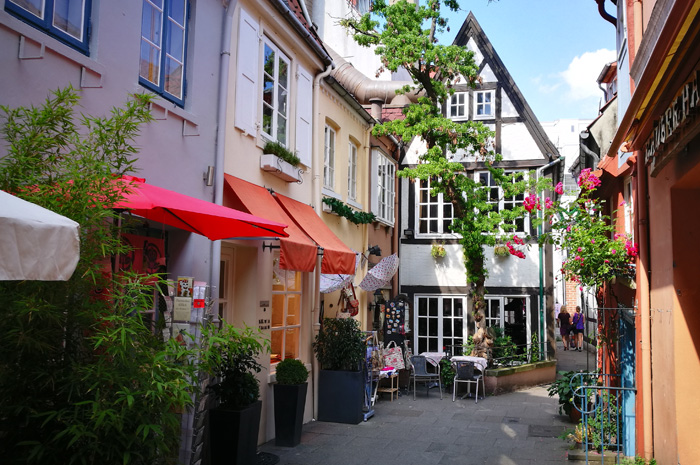
Some houses are reproductions based on historical models - such as the half-timbered house with the tea room (Wüstestätte 1) - or are only made up of facades that were originally located elsewhere - such as the Amtsfischerhaus.
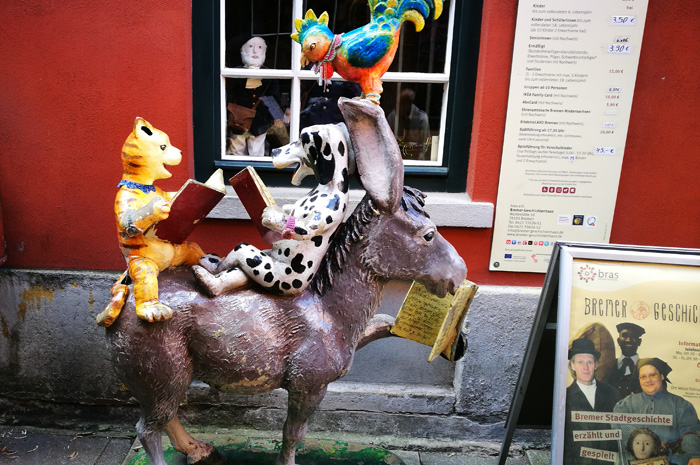
The Schnoor houses today present many artisan galleries, cafes and restaurants, antique shops and small museums. Among other things, the Institute for Low German Language has been established here since 1973.
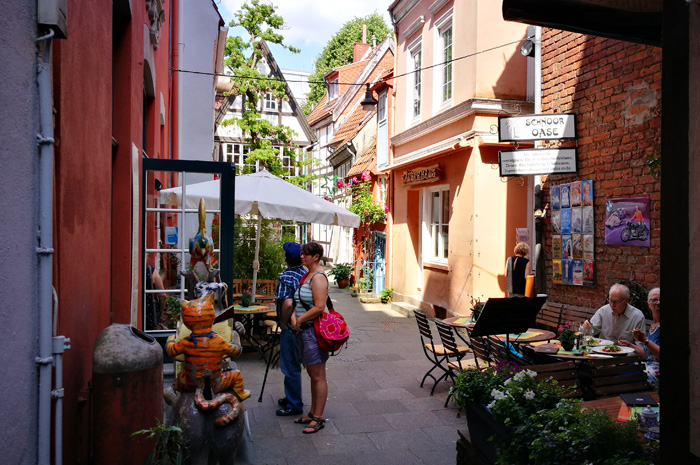
For almost 30 years, there was an own Schnoor archive (Landherrnamt 3) and a private museum in the "Schifferhaus" (Stavendamm 15). In 2005 an antiques museum was opened in Schnoor.
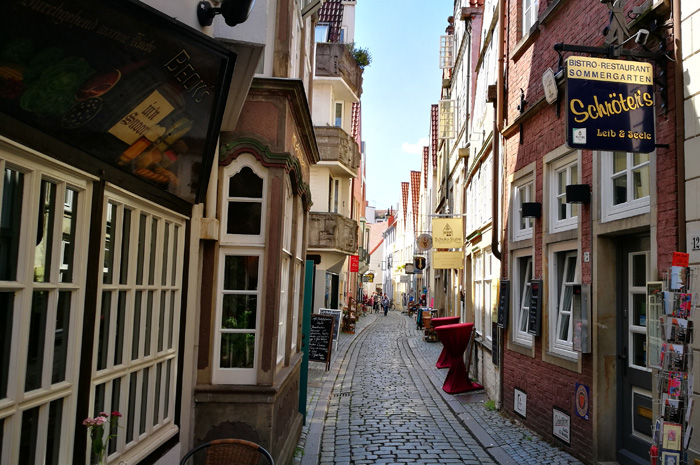
Please read as well: